
Optimize Your Cash Forecasting with AI
This article is written by Kyriba Imagine a world where manual processes and guesswork don’t bog down forecasting. Instead, your forecast is created easily using real-time data and predictive analytics. This is the potential of artificial intelligence (AI) in modern financial operations; this is the power of AI in cash forecasting. AI’s ability to process vast amounts…

Payment hub security: Everything you need to know
This article is written by Nomentia Executive summary: As businesses handle more sensitive data and cross-border transactions, payment hubs have become essential for secure and efficient payment processes. Their security features mitigate fraud and operational risks, but continuous system strengthening is crucial to address evolving threats. In this blog post, Brian Hopkins, CISO at Nomentia…
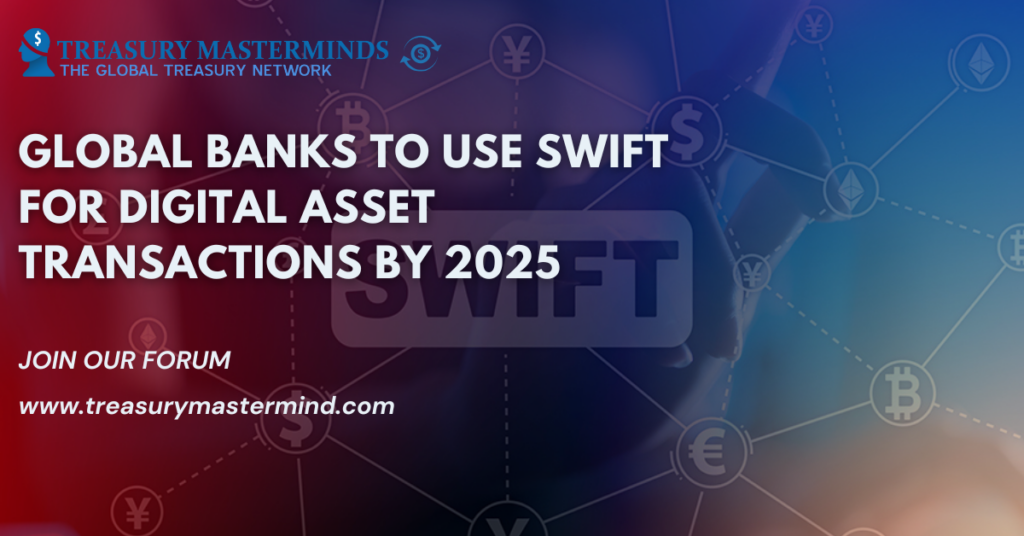
Global Banks to Use Swift for Digital Asset Transactions by 2025
The financial world is undergoing a transformation with the rise of digital assets and tokenization. And Swift is stepping in to facilitate this change. Starting in 2025, global banks will trial live digital asset transactions using Swift’s well-established messaging and infrastructure. This is an important step in creating a bridge between traditional finance and the…
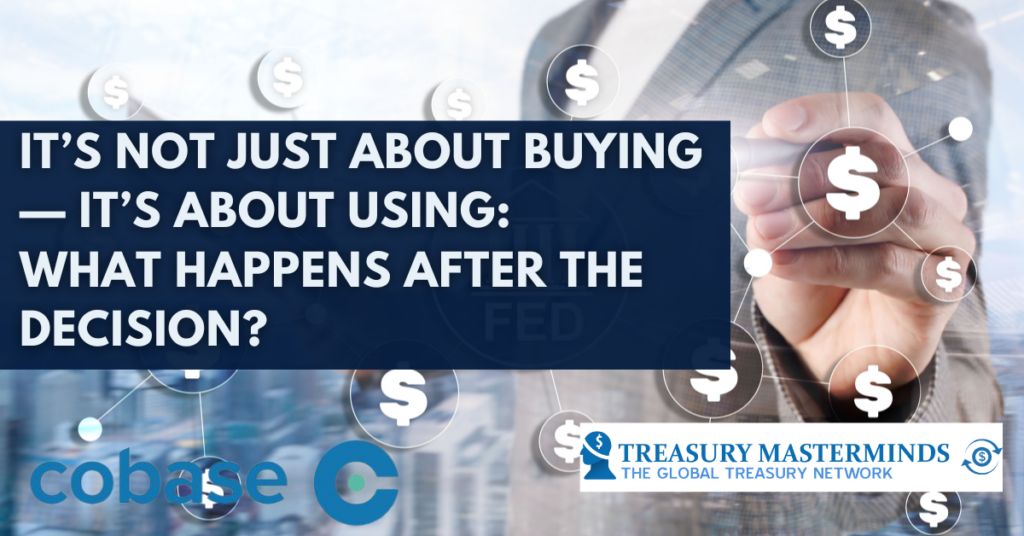
It’s not just about buying — it’s about using: What happens after the Decision?
This article is written by Cobase Choosing the right financial system for your business is a big deal, but the real challenge starts after you’ve made that decision. It’s easy to focus on picking the right solution, but what comes next—getting the system up and running, training your team, and making sure everything works smoothly—is…

Wero: EPI’s New Instant Payment Solution Reshaping European Finance
The European Payments Initiative (EPI) has taken a significant step towards unifying the European payment landscape with the launch of Wero, an innovative instant payment solution. This new service, currently available in France, is backed by major banks including BNP Paribas, Crédit Agricole, and Crédit Mutuel. As Wero begins to make its mark on the…
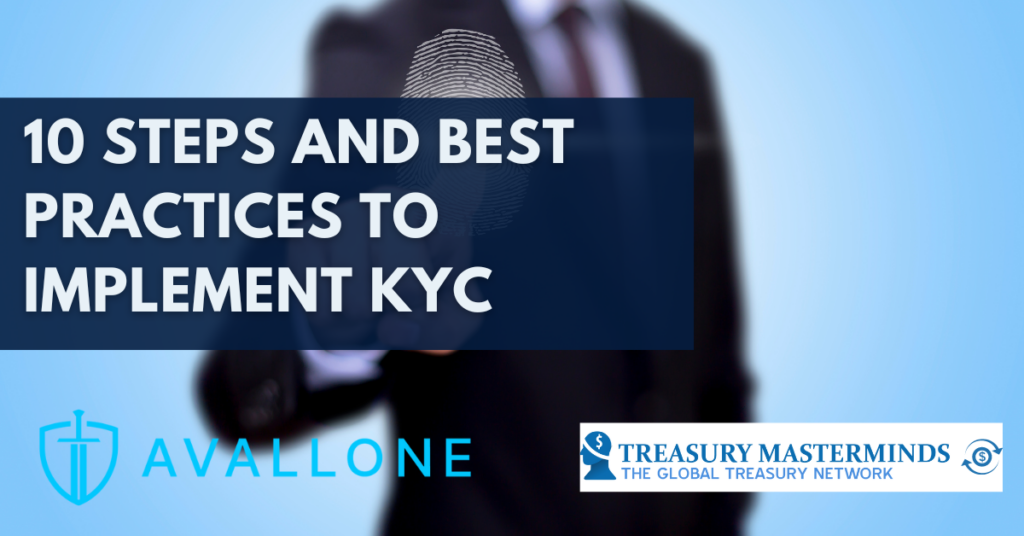
How to get started with implementing KYC: Ten steps and best practices
This article is a contribution from one of our content partners, Avollone Implementing Know Your Customer (KYC) procedures is essential for businesses operating in industries with products that are more likely to be used for financial crime, trading in countries and areas with sanctions, counterparties that increase the financial crime risk, or companies there regulated…
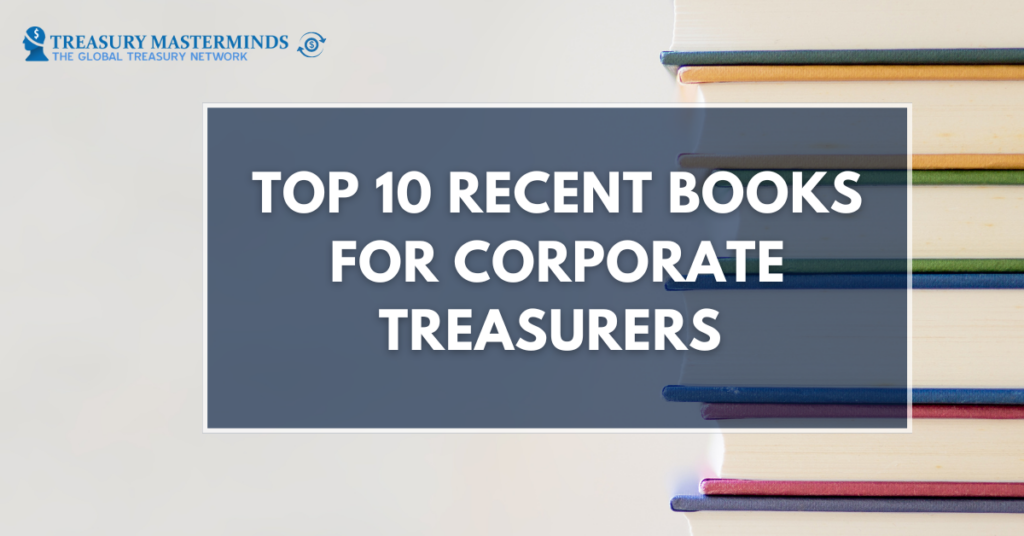
Top 10 Recent Books Corporate Treasurers Should Read for Real-Life Lessons
In today’s fast-paced finance and treasury landscape, staying informed and drawing insights from real-world events can help corporate treasurers navigate complexity and uncertainty. Beyond theoretical knowledge, the stories behind financial markets, corporate collapses, frauds, and innovations offer valuable lessons. These narratives not only inspire but also serve as cautionary tales for professionals in treasury and…
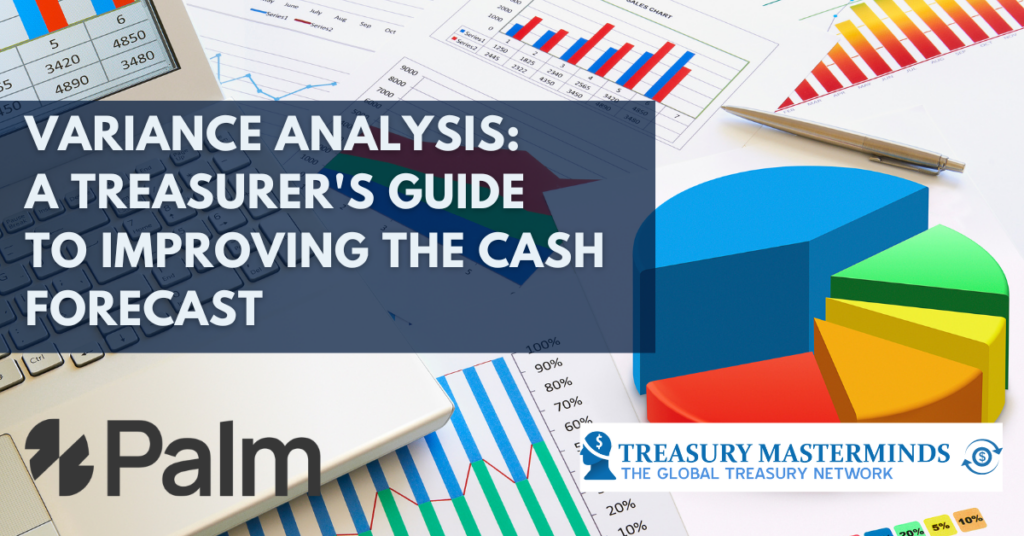
Variance Analysis: A Treasurer’s Guide to Improving the Cash Forecast
This article is written by Palm A cash flow forecast without variance analysis is like an employee operating without any feedback. Their opportunity to learn, grow, improve and iterate is forgone and they are blind to how well they are performing. Despite this, many treasurers choose not to expend their scarce resources running a regular…

Bitcoin’s $66,000 Milestone: What It Means for Corporate Treasurers
The Bitcoin Boom Bitcoin has once again captured headlines, soaring to $66,000. This surge is largely attributed to increased investments in Bitcoin ETFs (exchange-traded funds), signaling growing institutional interest in cryptocurrencies. But what does this mean for corporate treasurers? Let’s dive in. Corporate Treasury: A Conservative Approach For most corporate treasurers, Bitcoin remains on the…
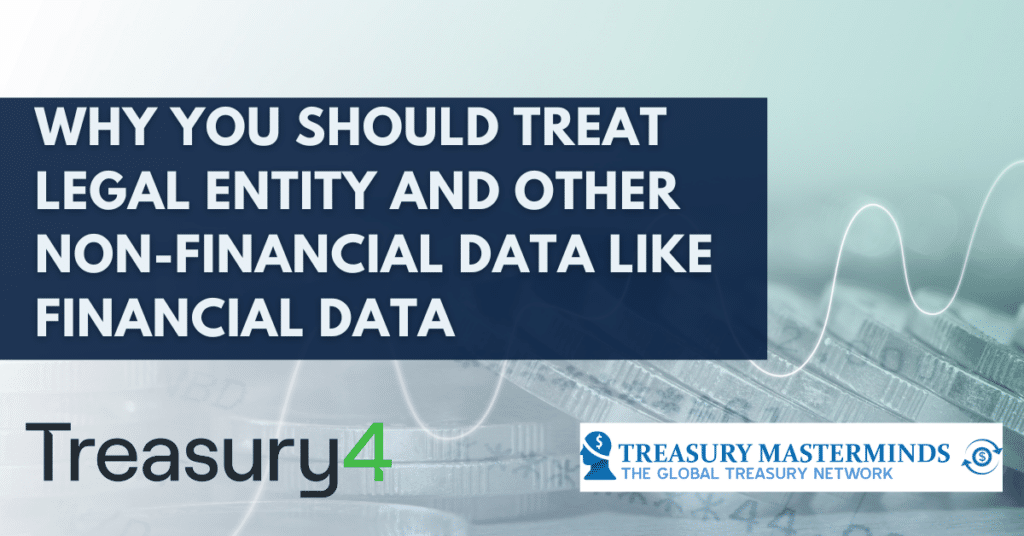
Why You Should Treat Legal Entity And Other Non-Financial Data Like Financial Data
This article is written by Treasury4 No two organizational structures are equal. Every organization has a distinctive legal entity structure. This can include parent entities, subsidiaries, partnerships, limited liability companies, joint ventures, and other related entities. It’s critical for key players to get a centralized view of this information to understand how their organization is structured—and…